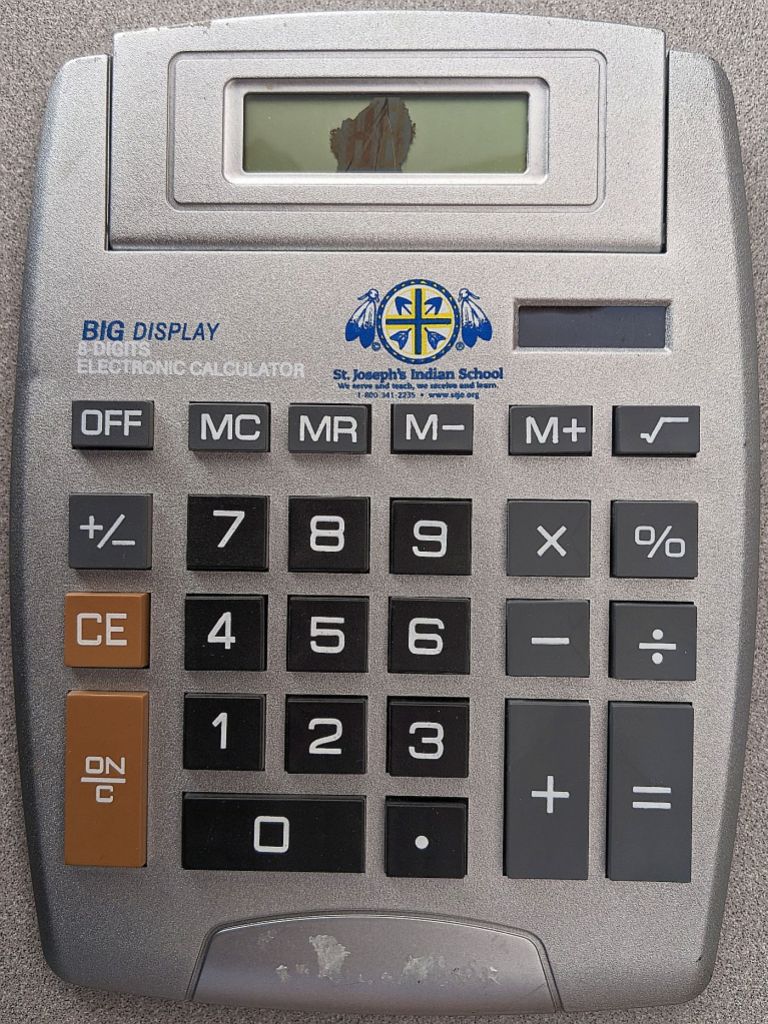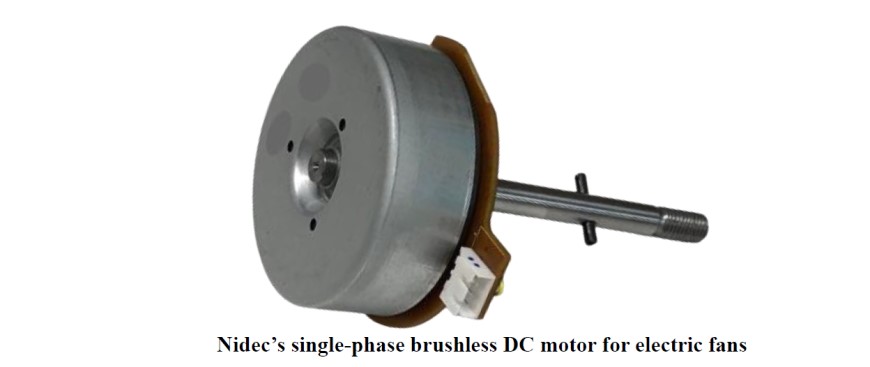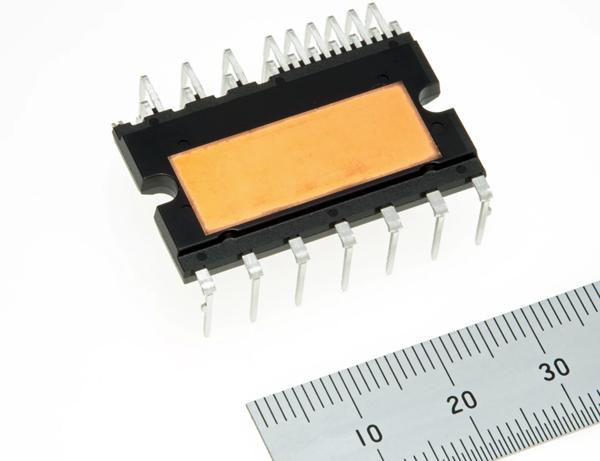
Cracking open an already
- Consumer
- 2023-09-23 22:51:30
My household is increasingly a case study of the common saying, “no good deed goes unpunished”. We are, I’ll modestly admit, fairly (and consistently) generous when it comes to charity donations each year; not only materially but also monetarily. However, as time passes, more and more “asks” arrive in our email inboxes and the mailbox, sent (repeatedly, of course) by ever-more numerous charities, a trend due in part to “list” sales from one charity to others.
Today’s dissection victim represents one of the more bizarre examples of the trend. It’s an extrapolation of the usual “we put a quarter in this envelope, which hopefully acts as sufficient guilt-trip motivation for you to respond by filling out the form also in this envelope and donating a quarter-of-$100 (or more) to us” approach (a variation on the “look, we even included an already-postage-paid-by-us envelope along with the form” stratagem).
Unfortunately, the calculator was poorly packaged and arrived broken courtesy of the U.S. Postal Service…which, of course, led to my immediate “teardown!” thought. See for yourself:




The already-busted bit, as you may have already noticed, was the monochrome screen:

It’s defunct, but hey, it tilts! Not too shabby for gratis:


The charity even glued a personalized sticker at the bottom of it with my wife’s (who, I must admit, gets the bulk of the “asks”) name printed on it, which I’ve removed for privacy reasons:

Flipping the calculator over:

You might first notice the product markings, which (among other things) reference a replaceable battery…which is a bit strange considering that if you revisit the front-side overview image you’ll see what appears to be a battery-recharging solar cell in the upper right, just to the right of the charity’s logo…(hold that thought):

You might also notice eight conspicuous screw heads scattered across the back side, which seem to be an obvious entry avenue:


Yep, I was right; there ended up not being, as is otherwise commonly the case, additional screws hidden underneath the two rubber “feet”:


Now this is interesting. What we have here appears to be a piece of paper with trace paths (conductive, I assume) embedded within it. Can’t see that I’ve come across something like this before, but given the obvious lowest-possible-BOM (bill of materials)-cost aspiration, it’s at least conceptually not surprising:

Underneath it is a rubber “sheet” containing embedded “knobbies”, location-correlated with the calculator’s keys (one per key in most cases, two per key in four cases):

Flipping the rubber “sheet” over to expose its other side reveals a round disc embedded in the opposite end of each “knobbie”:

When a calculator key is pressed, the associated “knobbie(s)” also move(s) downward, resulting in each disc pressing against a mating multi-contact pad within the paper-housed matrix. My guess (reader insights are also as-always welcomed, of course) is that the discs are also made of a conductive material, and when they make contact, they “complete the circuit”, a status change subsequently communicated to the “brains” on the PCB via the flex connector between them:

Speaking of which:

Alas, that blob of opaque epoxy on top of the “brains” isn’t going to allow me to ID it, but (again referencing the earlier lowest-possible-BOM-cost mention) the extremely high degree of integration isn’t surprising. The only other things of note here are one passive component, a bunch of traces, two unpopulated contacts above the passive (manufacturing test points?), and two more to the far left labeled “S+” and “S-”. And the PCB backside is completely bare:

Re the latter two labeled contacts, remember the earlier mentioned seeming solar cell? Well…


Ends up it’s just a piece of thick translucent glass. Fakers! I don’t know whether “S+” and “S-” reference a PCB-based solar (S) recharging option that’s not enabled in this particular product configuration, or if they (more likely IMHO) stand for “switch” i.e., a dedicated power on/off toggle versus the existing matrix-activated one (like the other keys) in this calculator variant.
Onward. In one of the earlier “tilt” shots you might have noticed four more screw heads on the back side of the display, whose “tilt” two-hinge mechanism is now on full display, too:

It’s high time to remove ‘em too:

It was at this point in the disassembly that I realized I’d to-date neglected to snap an obligatory photo or few of the product accompanied by a United States penny (0.75 inches/19.05 mm in diameter) for size-comparison purposes. So better late than never, here you go:

It’s definitely not a pocket calculator:

Onward redux:


As you’ve likely already noticed, there’s a second flex cable (in addition to the earlier one spanning the PCB and key matrix) in this design, this one between the PCB and the display:

Both the display and PCB are only lightly glued in place and pop out without much fuss:

And in conclusion…more images of breakage:


As always, I welcome your thoughts in the comments!
—Brian Dipertis the Editor-in-Chief of the Edge AI and Vision Alliance, and a Senior Analyst at BDTI and Editor-in-Chief of InsideDSP, the company’s online newsletter.
Related Content
Building cost-effective, capable PCs: recommendations and real-life stories1969 Compucorp calculator teardownAmazing! The Curta Mechanical CalculatorNines complement subtractionCracking open an already由Voice of the EngineerConsumerColumn releasethank you for your recognition of Voice of the Engineer and for our original works As well as the favor of the article, you are very welcome to share it on your personal website or circle of friends, but please indicate the source of the article when reprinting it.“Cracking open an already”










